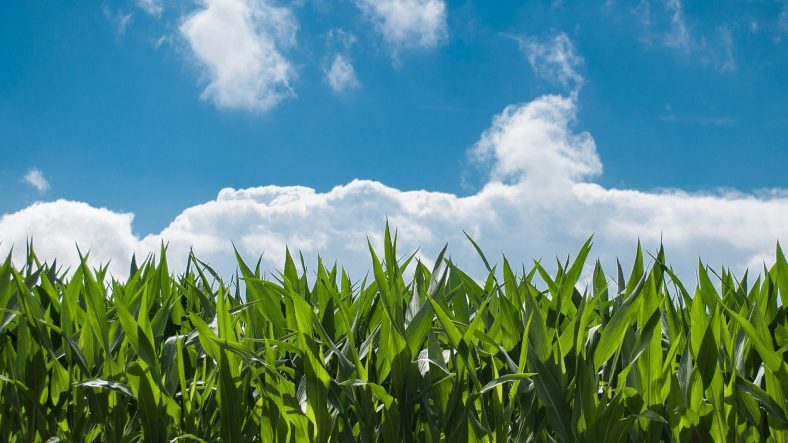Human activity and the opening of the landscape through clearing intensified soil erosion about 4,000 years ago, well before industrialization.
This is the conclusion reached by European and Canadian geologists whose work aims to determine changes in soil erosion over time.
Soil erosion reduces the productivity of ecosystems and modifies nutrient cycles. It has a major impact on human societies and the climate.
The team of Professor Pierre Francus of the National Institute of Scientific Research (INRS), in Quebec City, and American and European colleagues recorded the temporal changes in soil erosion by analyzing sedimentary deposits in more than 600 lakes of the planet.
The results of their work show that sediment accumulation at the bottom of lakes has increased significantly globally about 4000 years ago. They also show that pollen records indicate that the forest cover has decreased during the same period.
This dating shows that the impact of humans on the environment is measurable well before the industrial revolution started in the 18th century.
The importance of soils
Soils are responsible for almost all biological processes on the Earth’s surface.
For millennia, soil alteration and erosion have been mainly controlled by climate and plate tectonics.
Since the last millennia, however, human activities have become the main factors of this erosion.
However, scientists did not know how long ago human-induced soil erosion intensified on a global scale.
To determine this, researchers studied sediment cores from 632 lakes around the world that were collected in recent decades.
The so-called lacustrine sediments (at the bottom of the lakes) are considered as natural archives which record the past evolution of the intensity of the erosion.
The material from the soil, in dissolved or solid form, transits to lake environments and accumulates in sedimentary layers that are preserved at the bottom of lakes.
Jean-Philippe Jenny, French Institute of Agricultural Research
Using carbon 14 dating data, scientists evaluated the age of lake sediment layers and sediment accumulation rates.
The rate of sediment accumulation was then interpreted in terms of the input signal of eroded material from watersheds.
This is the first time that in compiling data from so many lakes, we have observed a general trend of increased sediment accumulation during the Holocene era (or over the past 10,000 years). years).
Pierre Francus
The appearance of agriculture
The scientists examined pollen fossils taken from the same lakes to reconstruct vegetation changes in each watershed. The goal was to identify the potential causes of this increased sedimentation.
We realized the importance of the results when we noticed that the increased accumulation of sediments 4000 years ago coincided with a reduction in tree pollen , explains Jean-Philippe Jenny.
Decrease in pollen from trees reflects changes in soil cover, and helps to identify clearing periods, for example as a result of agricultural development and settlement, which in turn are likely to lead to soil degradation and erosion.
Jean-Philippe Jenny
Statistical analyzes have also confirmed that land cover change is the main driver of accelerated sediment accumulation in lakes around the world, which is an indicator of soil erosion.
This means that land use would have had a major impact on surface material transfers 4000 years ago, when the human population was much smaller than today , says Pierre Francus.
Our ecosystems are extremely sensitive to changes in land use.
Pierre Francus
Regional realities
The data analysis also helped to establish other links. Thus, at the regional scale, changes in sediment accumulation appear to be correlated with historical socio-economic developments during settlement of the Earth.
For example, increased soil erosion began in North America later than in Europe. This increase probably corresponds to the late introduction of European agricultural practices in the United States following colonization.
This work also shows that :
The decline in the number of trees in lake watersheds has long been the main factor of soil erosion.
Deforestation caused by human activity explains the acceleration of soil erosion over the past four millennia.
“These results are important because they will enable us to obtain more accurate forecasts of the carbon cycle in the long term,” Jenny concludes.
The details of this work are published in Proceedings of the National Academy of Sciences.
Mary Anderson is a tech reporter for Freeze Wall. Mary has previously worked for Android Athority, Yahoo, PCWorld, and VentureBeat covering countless stories concerning all things related to tech and science. Mary studied at the New Jersey Institute of Technology.

